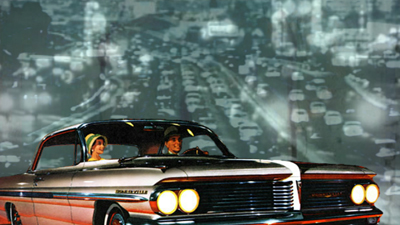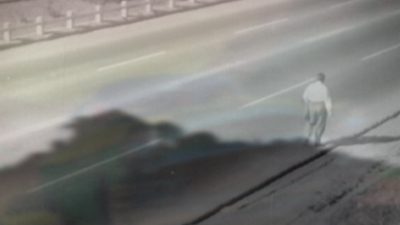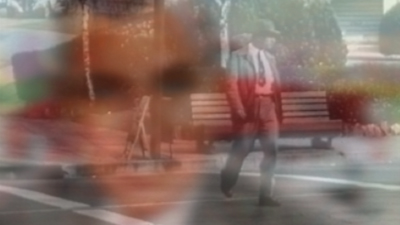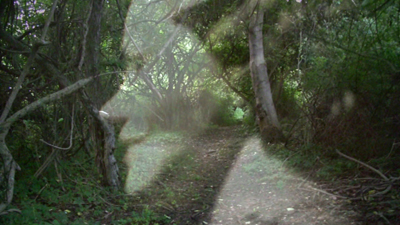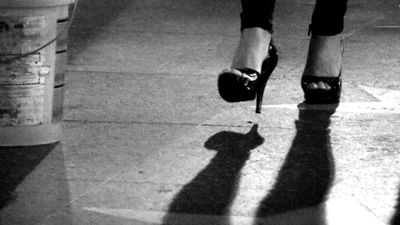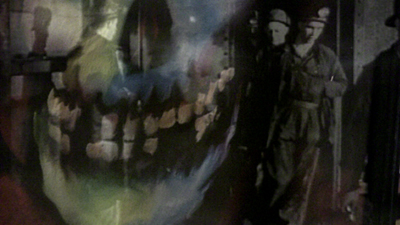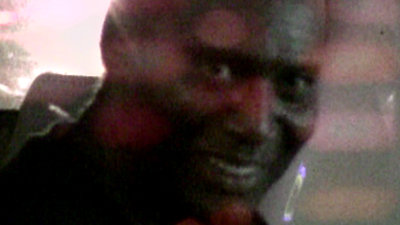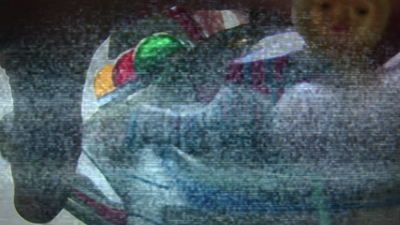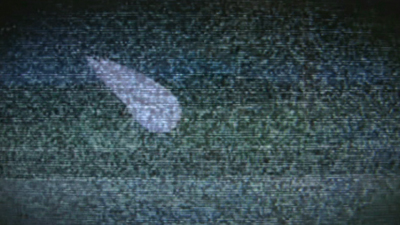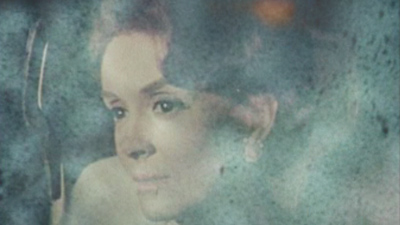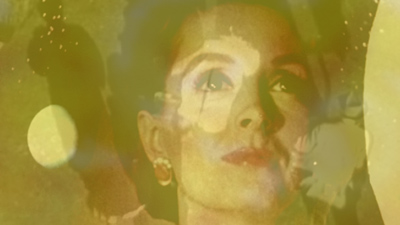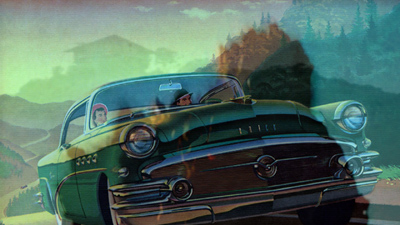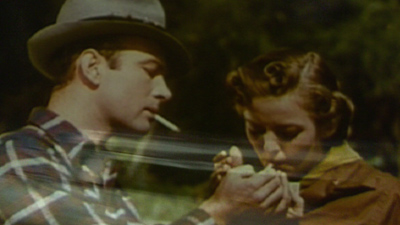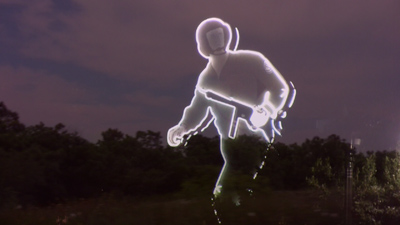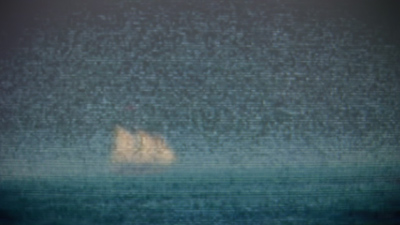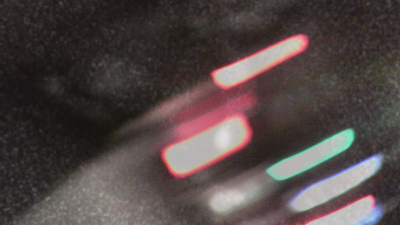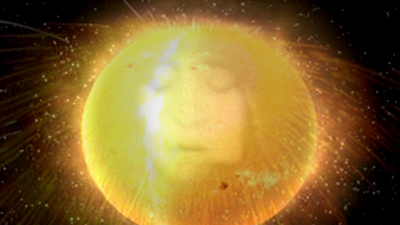Quirky Pictures conducts another animation workshop for school children. This time it was a nine day workshop at Great Missenden C of E Combined School. The students made four films based on tales from around the world. I love the freely drawn lines and cutout characters combined with the very matter of fact narration by the kids. They are good storytellers. What fun art classes like these must be. I never had so much fun when I was a kid. I’m a bit jealous.
Tag Archives: Filmmaking
Christopher Doyle on Cinematography
He reminds me a little of Keith Richards. He’s made some of the most beautiful films you may ever see with director Wong Kar Wai in Hong Kong. He seems to like wandering the colorful streets. Always talking about the light and color. Last night I took my new camera out along Ventura Boulevard very late. I was making a film by moving very slowly from window to window, shooting in an odd off-kilter way with closeups through glass and lights moving in and out of focus. It took me several hours to move three blocks up the boulevard. I haven’t seen the footage yet but the night was loaded with possibilities. Do you have any idea how many things you can come up with when you look inside a store’s display window? You can break it down almost infinitely and create images that have very little to do with the store. I find it a natural and obvious way to make a film. The sets are all there waiting for me to show up with my camera. It doesn’t matter that I don’t know what the film will be. It exists already and will make itself apparent when I start staring at my footage.
Yellow Plastic Raygun: Film Images
Images exported from my upcoming Yellow Plastic Raygun. Sometimes the picture isn’t in the main frame; it’s in between.
The first set of images is here.
Alpha City Double
Dream Road
Crosswalker
The Way Back Home
Tap That
Love Lights
Going Deep
Bang the Thing
Any Kind of Spaceship
Incoming
Yellow Plastic Raygun: Film Images
For Only Your Eyes. These images are from my upcoming Yellow Plastic Raygun. Distilling single frame images is almost as much fun as making the film. What kind of a film does it seem like?
Traffic Flow
Wave Rider
Planetary Intersection
War Drive
Hairpin
Whatever You Do, Don’t Look Back
Telefog
Gun Sight
Vision Rays
Mourning Sun
Paris Filmmaker in 1929 Shows Us What a Camera is For
This is an odd post and I’m not entirely sure I can pull it off. The film above is called Montparnasse. It was made in 1929 by Eugene Deslaw. I watched the film and want to write about it cold, without looking up Mr. Deslaw on Google. I’ll check up on him after I’ve posted this and see if I’m even in the ballpark.
Watch the film all the way through. If you think it’s just a collection of boring tourist shots in Paris with nothing happening, then stop reading and leave now because this post is for the four out of one hundred who catch the drift of the camera work. Deslaw was shooting in the Paris of Pablo Picasso and Matisse. He appears to have had a close connection to art and the cafe life of the city. His film is full of odd angles and closeups. He runs up onto a balcony in order to shoot straight down at some tabletops. He catches a woman applying makeup at about the 13-minute mark and makes a shot that is worth paying for. He films traffic and buildings, windows, curbs, chairs, newspapers, smokers, drinkers, snake-handlers, paintings, and water. He’s fascinated by his city and by his camera. He’s making art. He set out one morning with his camera and went around making art. Everyone was happy to be alive there in Paris in 1929 and he was playing his part in it. Films made at that time tend to have this cheerful experimental quality. Deslaw is nearly drawing with his camera. It’s an immediate act of finding visual meaning. He was walking and was struck by something and filmed it in an excited state. He was consciously being an artist.
The film he made is beautiful. It’s very hard to make a film with its kind of beauty today. Think about it a little. What would you do? Go to a Best Buy and look around for a brand new digital camera. You know, one of those shiny silver things with the HD viewfinder and all the buttons. One of those? Then what? You’d march out into the neighborhood with this gleaming tourist gizmo and look like a ninny bending over to film trash as it floated down into a storm drain? You’d walk up to a guy behind a news stand and ask to film him? Really?
Yes. That’s what you’d do. You’d get a little camera and do just that. And here’s your assignment: you must do this with the total conviction that you are about to make the greatest film ever made about your subject matter. Set out for a particular street corner and make a magnificent short film or a long one about that corner and everything on it. Spend an entire day doing only that. Skip lunch. Just stay there and make your film without ever entertaining even the slightest doubt that you are working on something of incredible importance and value. It’s going to be very hard to do. Some people will walk by and giggle. Some will become belligerent and tell you to stop. Film those people. Run away if they chase you. Then come back and continue your work. Remember that you are an artist on a mission to make something and absolutely nothing will stop you. Then come back home and figure out how to edit it and then put it online. Tell me about it even and I’ll watch it.
In 1929 it would have been recognized by the maker of this film that a camera is a camera and it will make your film if you want it to. Ever wonder why you don’t ever see Steven Spielberg out and about with his little camera making a movie for himself? It’s strange isn’t it? Could you imagine Pablo Picasso or David Hockney never carrying a sketchbook to make some quick pictures while having coffee or dinner? I couldn’t imagine such a thing? So when was the last time you ever heard of a Spielberg or Scorsese out with a camera making little films for their web site?
You could almost think of all the decades of massive budget film production and the studio structures built to support the film industry and film schools as an organized effort to confuse the issue and make people forget what a film actually is. We think of screenwriters and producers and agents and superstars and all the talk shows. But it’s very hard for the artist to walk out with the camera and go make a film the way a painter would work alone on a canvas. The Montparnasse film should help to illuminate the proper use of the camera for anyone who’s interested.
